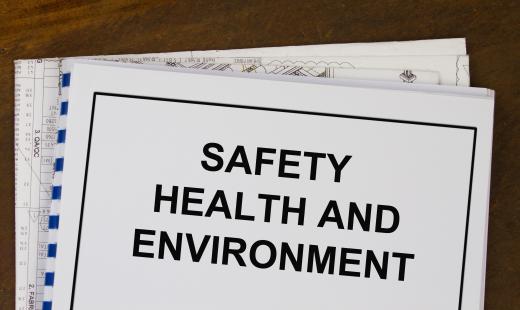A permit-required confined space is an area with limited access that is potentially hazardous to workers. This type of space is considered particularly dangerous because the worker has an increased chance of injury, and certain conditions exist that would make a rescue effort for the worker hazardous for rescue crews as well. Typically, a confined space that is merely inaccessible is simply called a confined space, but a space that also might fill with hazardous gases, water, or fire or might otherwise kill a worker is called a permit-required confined space. The process for obtaining permission to place a worker in such a space is usually defined by a regulatory agency like the Occupational Safety and Health Administration in the United States of America.
Sometimes a worker must enter a confined space that is recognized to be more hazardous than normal working conditions. The conditions that define what constitutes a hazardous confined space differ by industry. Certain regulations protect workers who must enter these spaces in order to minimize the risk of injury or death. In a permit-required confined space, safety precautions must be taken before the worker enters the space. These precautions include testing the space for possible hazards, developing a rescue plan, and obtaining permits to enter the space.

The difference between a confined space and a permit-required confined space is broadly considered a matter of hazardousness. If the space might fill with a hazardous gas or another substance, a permit is required. Gases that poison or asphyxiate human beings are considered particularly dangerous. Spaces that might fill with water or fire also require permits and special precautions.
A permit-required confined space might also be considered dangerous if it has the potential to trap a worker, even if no other hazardous conditions are present. Even if the space may not itself close, conditions that might cause a worker to become stuck or lodged in a tight space are considered hazardous. Given the precautions taken, it is unlikely that the worker would be trapped without contact with the safety crew, but a rescue may also not be possible.
One of the most difficult parts of preparing to work in a permit-required confined space is setting up safety precautions. While workers are often in extreme danger in these spaces, rescue personnel are often in just as much danger as the worker, making rescue efforts less likely to succeed. Often rescuers succumb to the same hazards that befell the original worker, and further rescue efforts must be taken. The optimum way to maintain safety in these conditions is to use technology like robots to minimize danger to human workers.
